Early-Stage Projects
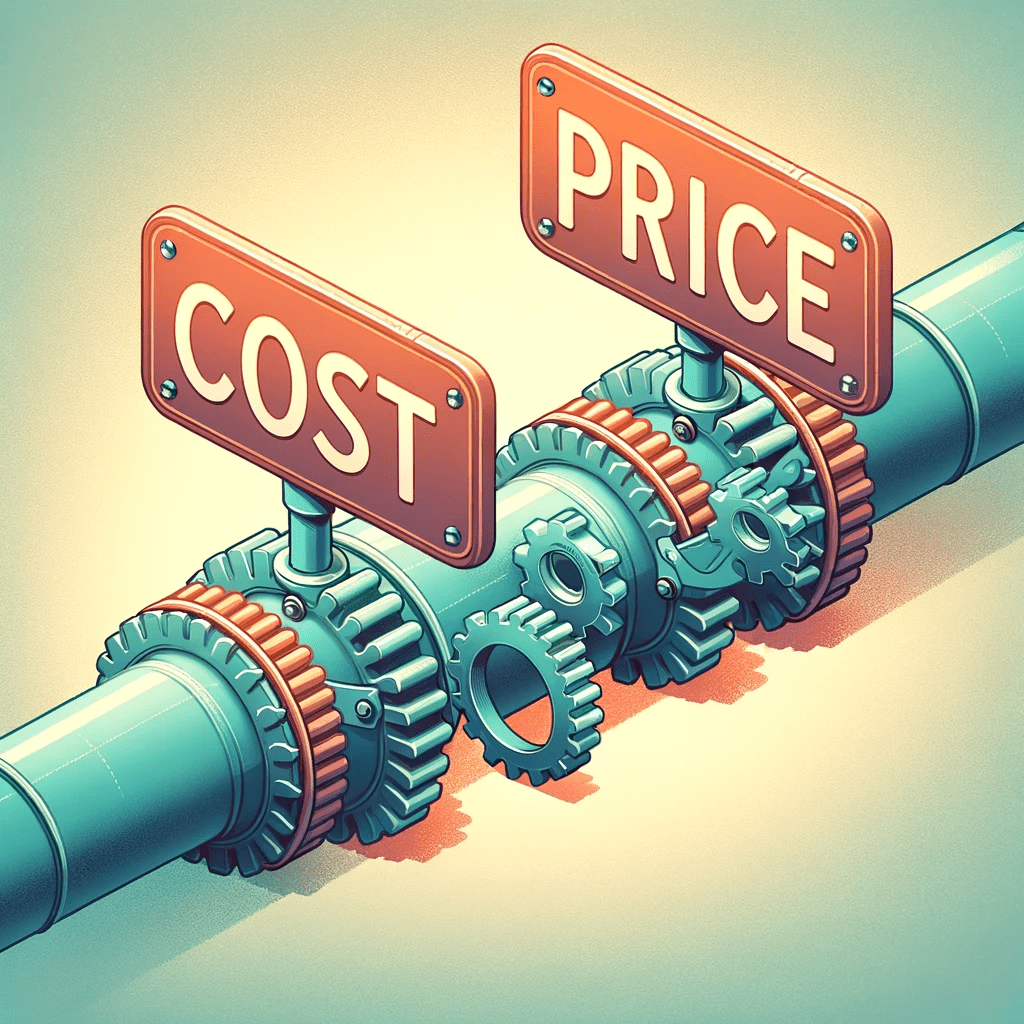
Cost-Passthrough and Retail Markups
Santiago Alvarez-Blaser, Alberto Cavallo, Alex Mackay and Paolo Mengano

Retail Price Discounts and the
Post-Pandemic Inflation Surge:
Evidence from Online Micro Data
Alberto Cavallo and Oleksiy Kryvtsov
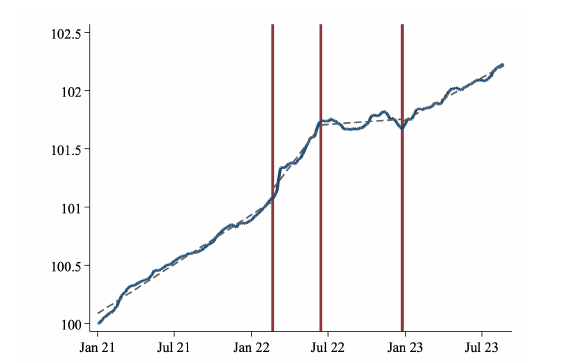
Detecting Turning Points in Inflation:
A Structural Breaks Approach
Alberto Cavallo and Gaston Garcia Zavaleta
Projects with Working Papers
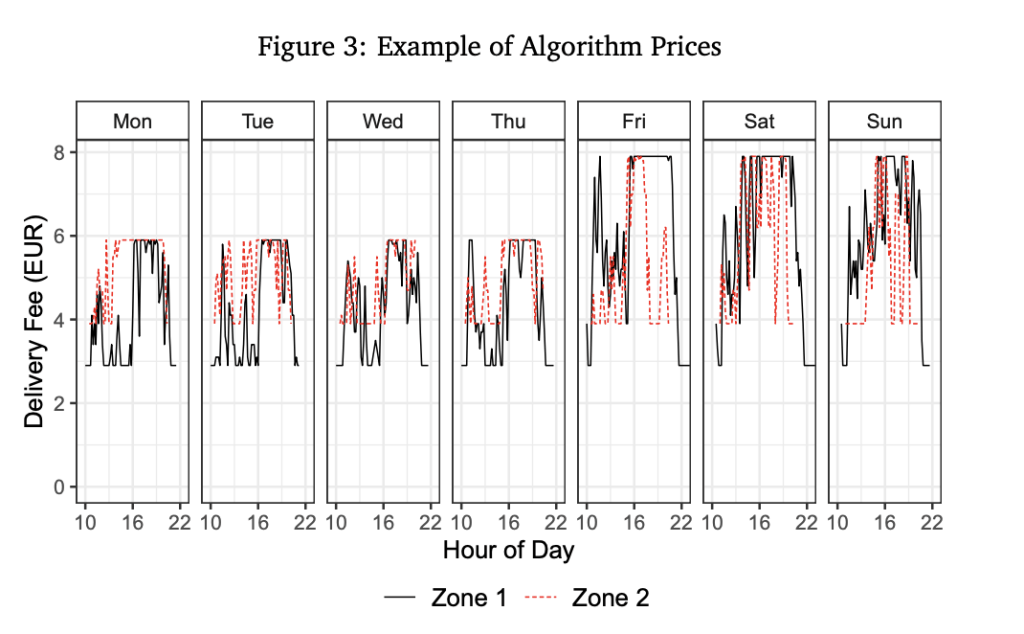
Dynamic Pricing and Demand Volatility: Evidence from Restaurant Food Delivery
Alexander MacKay, Dennis Svartbäck and Anders G. Ekholm
SSRN
We study the staggered adoption of a dynamic pricing algorithm. We find that high-frequency pricing led to lower prices and lower demand volatility. Our findings indicate that consumers strategically time their purchases, and we highlight how firms can benefit from this strategic behavior through dynamic pricing that results in lower costs.
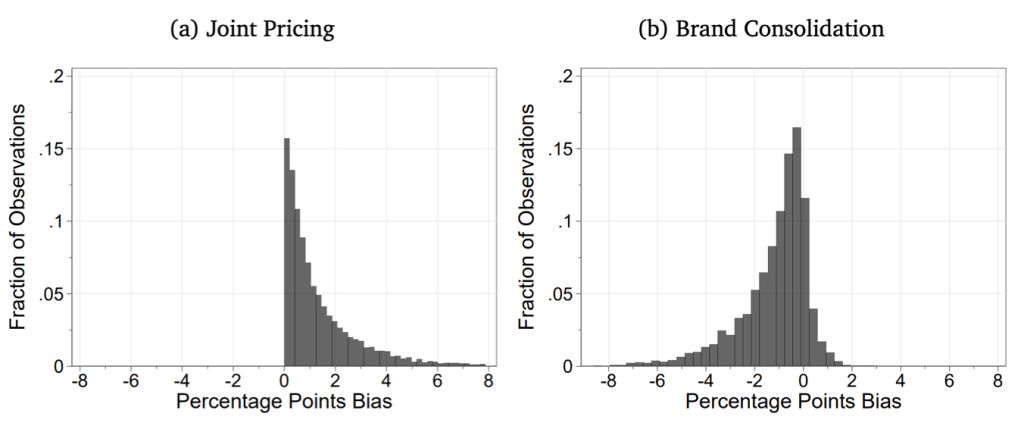
Consumer Inertia and Market Power
Alexander MacKay and Marc Remer
Revision requested, RAND Journal of Economics
We provide an empirical model to estimate the dynamic pricing incentives generated by consumer inertia (habit formation, search, brand loyalty, and switching costs). We show that these dynamic incentives can limit price increases after a merger, compared to the predictions from a static model.
We provide an empirical model to estimate the dynamic pricing incentives generated by consumer inertia (habit formation, search, brand loyalty, and switching costs). We show that these dynamic incentives can limit price increases after a merger, compared to the predictions from a static model.
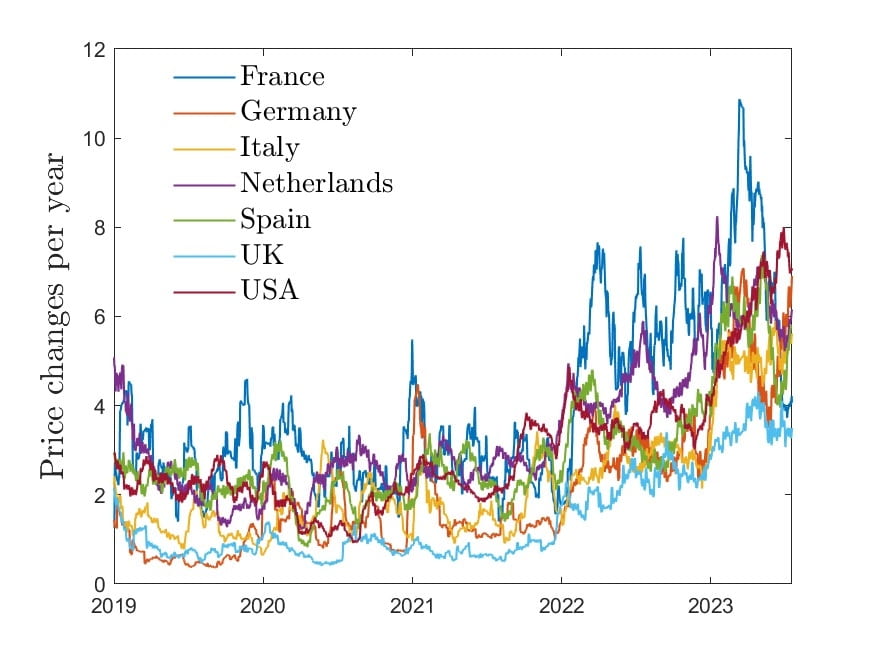
Large Shocks Travel Fast
Alberto Cavallo, Francesco Lippi and Ken Miyahara
NBER Working Paper 31659
We leverage the inflation upswing of 2022 and various granular datasets to identify robust price-setting patterns following a large supply shock. We show that the frequency of price changes increases dramatically after a large shock. We set up a parsimonious New Keynesian model and calibrate it to fit the steady-state data before the shock. The model features a significant component of state-dependent decisions, implying that large cost shocks incite firms to react more swiftly than usual, resulting in a rapid pass-through to prices–large shocks travel fast. Understanding this feature is crucial for interpreting recent inflation dynamics.
